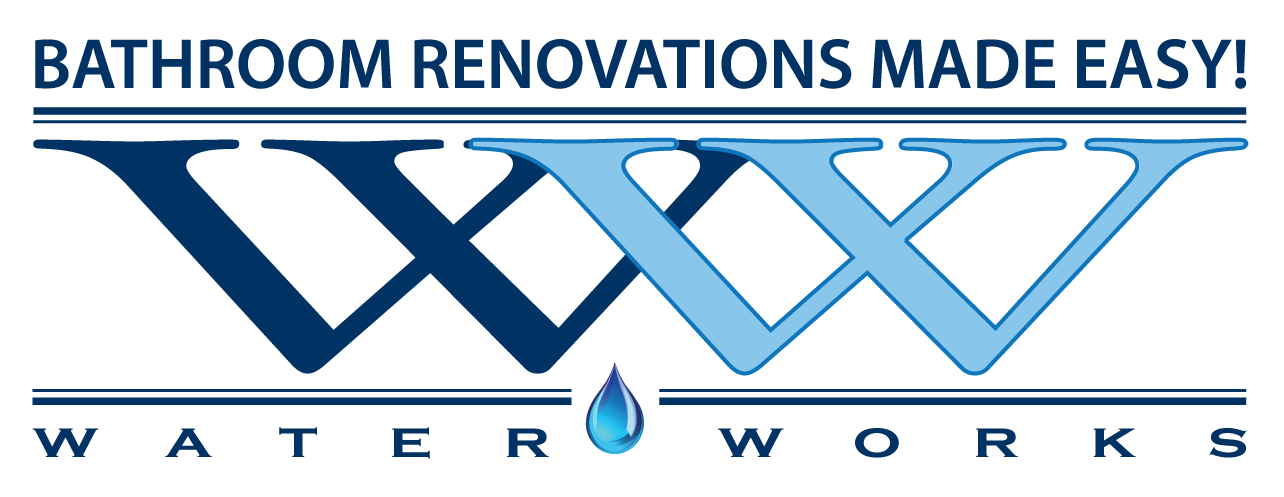Bathroom Safety
Water carries electricity very efficiently. Unfortunately, if the two mix, the result can be a deadly encounter. So, the bathroom is possibly the most dangerous room in the house when it comes to electrical safety. The consequences of an electric shock are far more severe in a bathroom or shower room as wet skin reduces the body’s resistance.
There are special requirements for electrical installations in bathrooms as most electrical work must comply with Building Regulations for the Province of Alberta.
We strongly recommend that you use a registered journeyman electrician experienced to carry out any electrical installation work that you need or ask us about finding the right electrician for you. Our advice will help you to stay safe.
Sockets
Electrical sockets are not allowed in bathrooms or shower rooms (apart from shaver-supply units) unless they can be fitted at least three metres from the bathtub or shower. Electrical shaver points must be a safe distance (in meters) from the bathtub or shower to avoid splashes.
Lights
Enclosed ceiling lights are preferable to the ones that hang down. All light fittings, that are not enclosed, should be out of reach of someone using, or still wet from using, the bath or shower.
Heaters and towel rails
Central heating is the safest way to keep a bathroom warm. But if you do have an electric heater, it must be fixed at a safe distance from the bath or shower. Electric and gas water heaters in a bathroom must be fixed and permanently wired, unless they are powered by a socket fitted three metres from a bath or shower.
Portable electrical appliances
Never bring powered small appliances such as curling irons, hairdryers, radios or heaters into a bathroom and close to a water outlet. You could be severely injured or killed.





